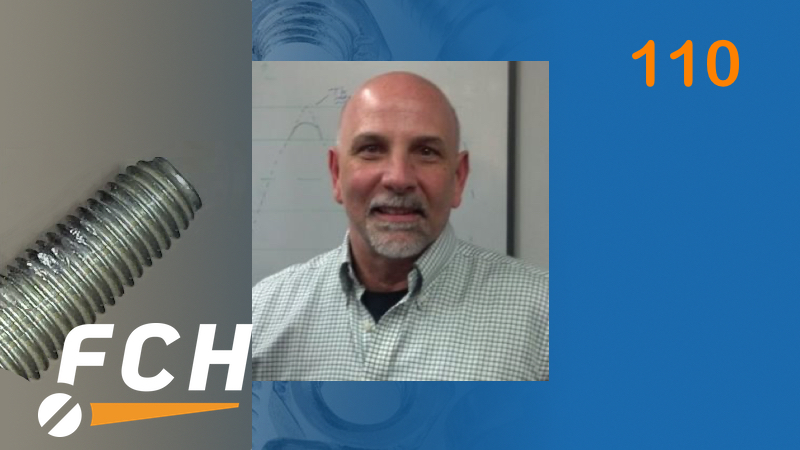This edition of the Fastener Training Minute with Carmen Vertullo was originally published November 4, 2016 as “How to handle a Reject” during episode 110 of Fully Threaded Radio.
Hi everybody, thank you for listening to the Fastener Training Minute coming to you from the Carver FACT Center here in beautiful San Diego California.
From time to time amongst my clients which include manufacturers, large Distributors, suppliers, importers even, there are issues relating to how to process a reject. The typical scenario is an end-user doesn’t like a part. They have they go to their supplier and complain about it. The supplier then goes back to whoever they got it from whether it’s an importer to manufacture or a large distributor, and present their case and they can’t seem to get a fair hearing or any attention or satisfaction.
Part of the reason for that sometimes is that it’s just that the reject is not properly documented or presented. So what I’m going to do when we come back is to give you some tips on how to properly present that reject or maybe it’s not a reject, so that whoever you bought the part from will pay some attention to what you’re asking them.
So I told you that we’re going to talk about how to handle a reject when you have to present this to a large manufacturer or importer or supplier, whose attention is sometimes hard to get. An example came to me recently where a distributor was measuring some parts. This wasn’t even a reject, they were measuring them in their quality assurance department, measuring the threads using Tri-Rolls. Tri-Rolls gives us some information that we normally don’t need with most fasteners, but they’re fast and efficient and everyone who does lots of thread inspections loves Tri-Rolls.
Well the supplier for the parts said that they checked the parts with ring gauges and they passed, so they were good. Sorry, I can’t help you sounds like an unfair comment. But in fact, it’s true.
When it comes to threads, any gauge that passes the part makes the part of good part, even if another gauge fails it. Now the fact is when this happens, it should be a borderline part, so we want to look at that. But when we present the reject to the supplier, we want to be sure to back it up with something, preferably a specification or standard, a table of size of Tolerances and so on. Don’t just say hey, my customer doesn’t like the way these carriage bolts fit in their square holes. Something’s wrong with the neck. Measure the thing find out what’s wrong with it.
Often times end-users will design their part based on a lot that they received at one point in time, not knowing that that lot may not be representative of the full range that that particular feature could have so they designed around the part that they had. Then they get one that’s on the other end of the tolerance spectrum and it doesn’t fit into the hole or it’s very sloppy.
This happens often with flat head screws, especially flat head socket screws, which have a large tolerance for head height. End-users drill and countersink the holes for these screws and when they get the new screws in, the heads stick up too far or they’re down to low, because they didn’t realize there was a tolerance. So as the supplier, first make sure you have a reject, and once you know you have a reject, then document it properly to your importer or manufacture before you just throw it at them and say something’s wrong with these parts.
If you ever have any problem doing that that or citing your specifications in an authoritative way, just give me a call here at the Carver FACT Center. Better yet attend the Fastener Training Institute Certified Fastener Specialist class, and you’ll learn how to properly present your rejected part to your supplier.
This is Carmen Vertullo for the Fastener Training Minute. Thanks for listening.




![[GC2610] Solution_FCH Banner_[220x100] copy](https://news.fastenersclearinghouse.com/wp-content/uploads/2025/09/banner_solutionind.jpg)

